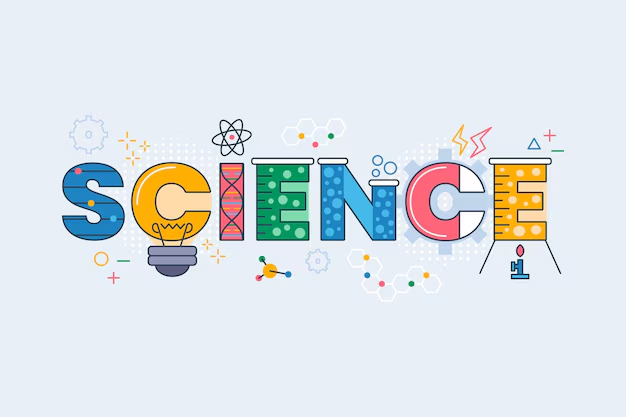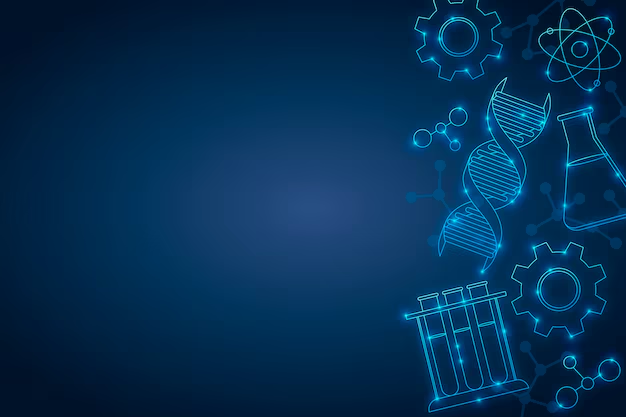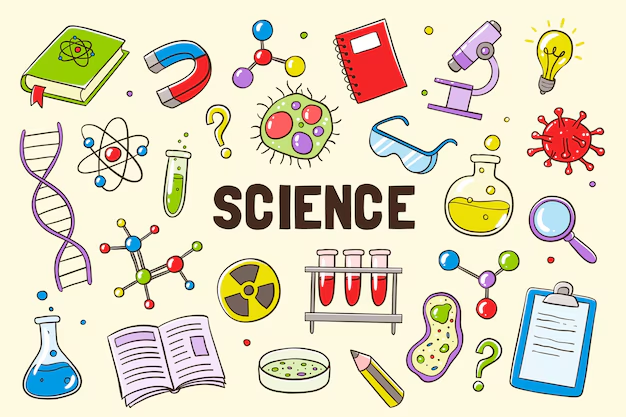Science is a journey of discovery that starts with abstract theories and culminates in real-world applications that shape our lives. From the earliest theories proposed by great minds to the groundbreaking innovations of today, science constantly transforms the way we perceive and interact with the world. The process of translating scientific theory into practice has revolutionized everything from medicine to technology, shaping our modern society. In this article, we will explore how science moves from theory to practice and how this transformation enhances our understanding of the world.
The Foundation: Theories in Science
Scientific theories are the backbone of understanding how the universe works. These theories are formulated through observations, experiments, and data collection. Initially, they are abstract ideas or models that explain certain phenomena or predict outcomes. However, theories alone do not immediately lead to practical solutions; they require testing, validation, and application to make them tangible.
For example, the theory of gravity was proposed by Sir Isaac Newton in the 17th century. It was an abstract idea at the time—an explanation for why objects fall to the ground. However, it took centuries for scientists to develop the tools and technologies necessary to test this theory rigorously. Only through repeated experiments and real-world applications did Newton’s theory evolve into the practical understanding we have today, which influences everything from space exploration to the design of buildings and bridges.
Bridging the Gap: From Theory to Application
Once a theory is established, scientists must put it to the test through experimentation and real-world application. This process is essential for turning abstract ideas into concrete solutions. The steps involved in this transition vary depending on the field of science, but the general principle remains the same: applying theories to solve real-world problems.
For instance, in the field of medicine, theories about human biology, disease mechanisms, and drug interactions form the foundation of new treatments and therapies. Researchers conduct clinical trials and experiments to see if these theories hold true in practice. The success of penicillin as an antibiotic, for example, came from the theory of microbial life and disease, tested through laboratory experiments, and later applied in medical practice to save countless lives.
In the realm of technology, theories of electronics, physics, and computer science form the basis for innovations like smartphones, the internet, and artificial intelligence. The transition from theory to practice is marked by prototypes, testing, and refinement before these technologies can be incorporated into everyday life.
Impact on Society
The shift from theory to practice in science has had profound effects on society. It has changed the way we live, work, and interact with each other. Scientific discoveries and their practical applications have led to improvements in health, communication, transportation, and even environmental sustainability. Innovations such as electricity, vaccines, and renewable energy sources are just a few examples of how theoretical science has transformed human existence.
The development of vaccines, for example, started with the theoretical understanding of viruses and immune systems. Over time, this knowledge translated into life-saving vaccines that have eradicated or controlled diseases such as smallpox, polio, and measles, improving global public health.
Similarly, the principles of physics and engineering have allowed humanity to send spacecraft into outer space, explore other planets, and even develop technologies like GPS that we use every day. The journey from theoretical physics to the practical applications we see today has been nothing short of transformative.
The Role of Experimentation and Testing
Experimentation plays a crucial role in turning theory into practice. It’s not enough for a scientist to simply hypothesize about how something works—each theory must be rigorously tested to ensure its validity and applicability. This often involves extensive trials, data analysis, and fine-tuning of methods to refine a concept and adapt it for practical use.
Take the development of medical drugs as an example. Scientists start with a hypothesis about a compound’s ability to treat a certain condition. Through extensive laboratory research, animal trials, and human clinical trials, they gather data to test their theory. It’s only after years of careful experimentation that a drug is approved for use. This process ensures that scientific theories are not only accurate but also beneficial when applied to real-world situations.
Innovation and the Cycle of Knowledge
Science is an iterative process. As theories are tested and refined, new discoveries are made, which, in turn, lead to further experimentation and innovation. This cycle of theory, testing, and application continues to drive advancements in science and technology.
For example, the development of quantum mechanics revolutionized the understanding of atomic and subatomic particles. While initially a theoretical concept, quantum mechanics has led to groundbreaking technologies such as transistors, lasers, and quantum computing. These applications stemmed directly from theoretical principles that were once considered too abstract to have any practical use.
This constant feedback loop between theory and practice ensures that science continually advances and adapts to meet new challenges and solve emerging problems.
FAQs
- What is the difference between scientific theory and scientific law? A scientific theory explains why phenomena occur, while a scientific law describes patterns or regularities in nature. Laws are generally accepted as universal facts, whereas theories are subject to revision as new evidence emerges.
- How long does it take for a scientific theory to become a practical application? The timeline varies depending on the complexity of the theory and the field of science. Some theories, like those in medicine, may take decades to translate into practical treatments, while others, like technological advances, can be applied more quickly.
- What role do experiments play in scientific progress? Experiments are crucial in validating or refuting scientific theories. They provide evidence that confirms or challenges hypotheses, turning abstract ideas into tangible outcomes.
- Why do scientists test theories repeatedly? Repeated testing ensures the reliability of the theory and accounts for any variables that may have been overlooked. It’s through consistent experimentation that scientists refine and confirm their findings.
- Can a scientific theory ever be proven completely true? In science, theories are considered well-supported if they are consistently backed by evidence, but they are always open to revision as new information becomes available. Science deals with probabilities, not absolute truths.
- How does science improve society? Science improves society by solving problems, enhancing technology, improving health, and contributing to economic development. It leads to innovations that enhance quality of life and sustainability.
- What is the importance of peer review in scientific research? Peer review ensures that research is rigorously evaluated by experts in the field, improving the accuracy and credibility of scientific findings before they are published and applied in practice.
Conclusion
The transformation of scientific theory into practical application is one of the most powerful forces in human history. It allows us to understand the world more deeply, solve problems, and improve our daily lives. From medical breakthroughs to technological marvels, the journey from theory to practice in science is a dynamic process that continues to shape our future.
Key Takeaways
- Scientific theories are the foundation of understanding, but they must be tested and applied to become useful.
- Experimentation and testing are crucial to ensure the accuracy and practical relevance of scientific ideas.
- The transition from theory to practice has led to transformative innovations that have revolutionized healthcare, technology, and society.
- Science is an iterative process, where new discoveries continually build upon existing knowledge to solve real-world challenges.




